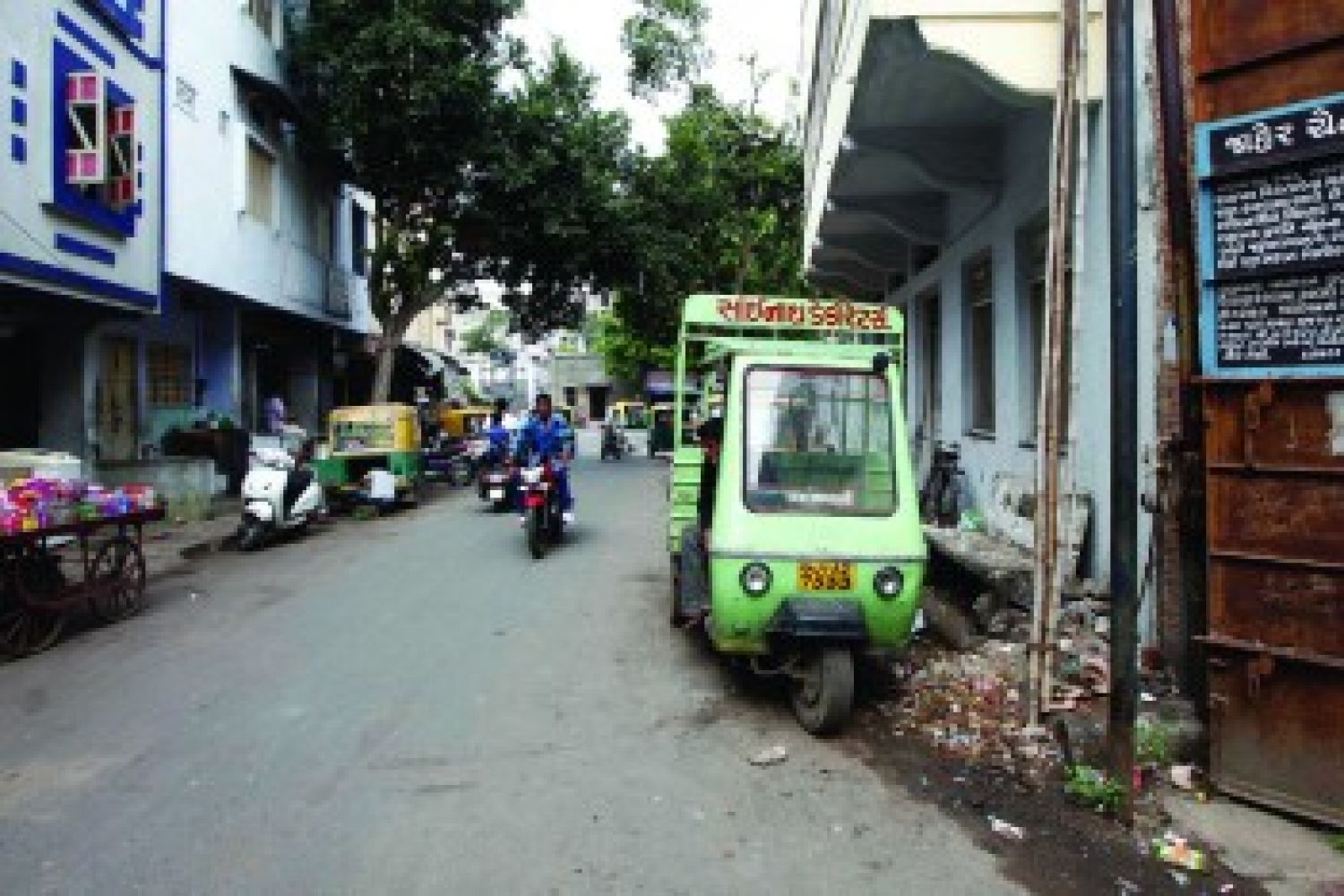
The peace committee
members put up “This is a Disturbed Area’’ notice boards three years ago in the
bustling residential-cum-commercial walled city area of Raikhad in Ahmedabad.
Sandwiched between the Jay Shankar Sundari Hall, the city’s oldest auditorium
for cultural events and the Gaekwad police station—which once headquartered the
police crime branch—at the other end, in this “disturbed area” there’s no hyped
police presence or army patrols.
For the casual onlooker
Continue reading “How to profit from a Disturbed Area”
Read this story with a subscription.





